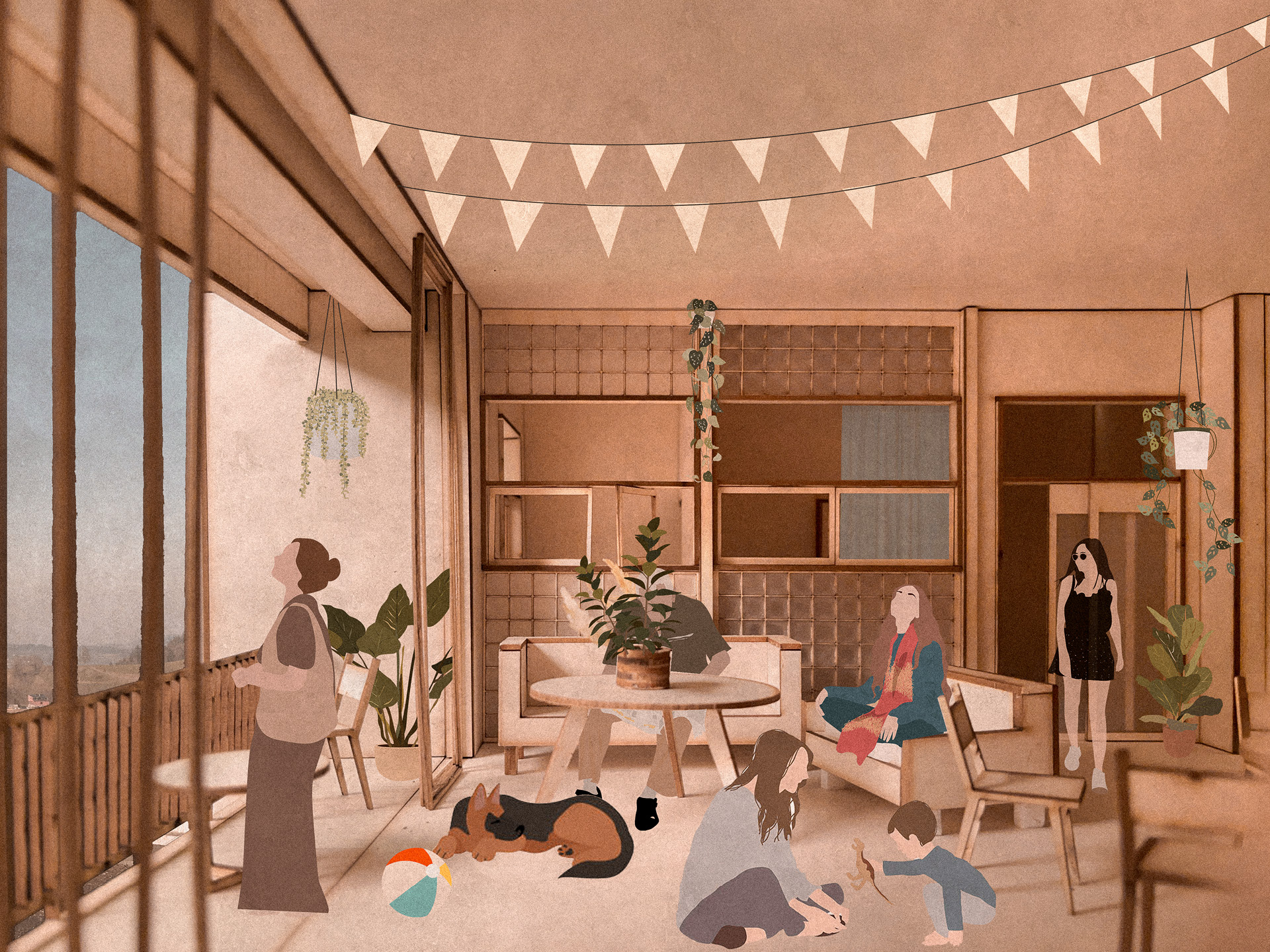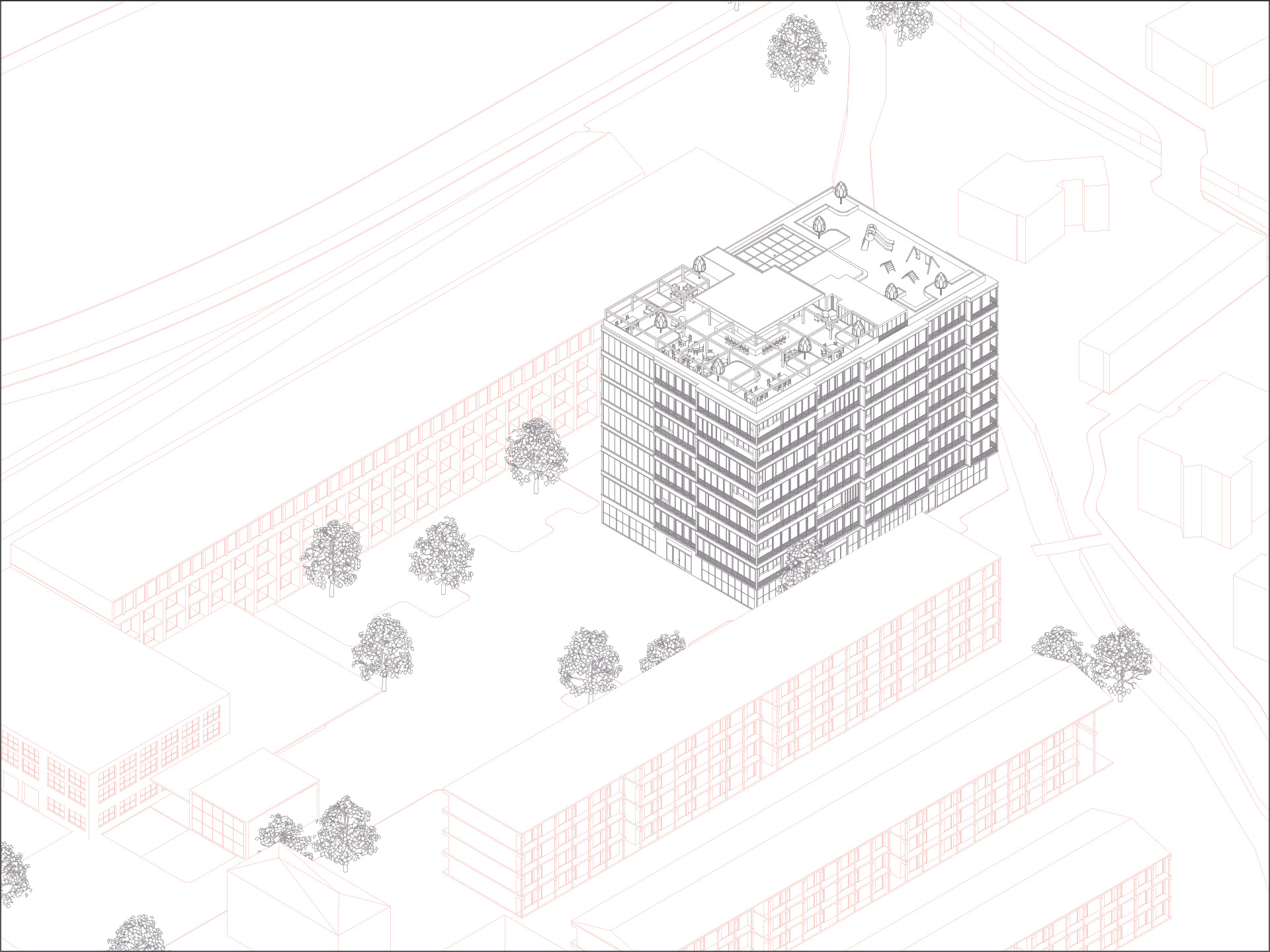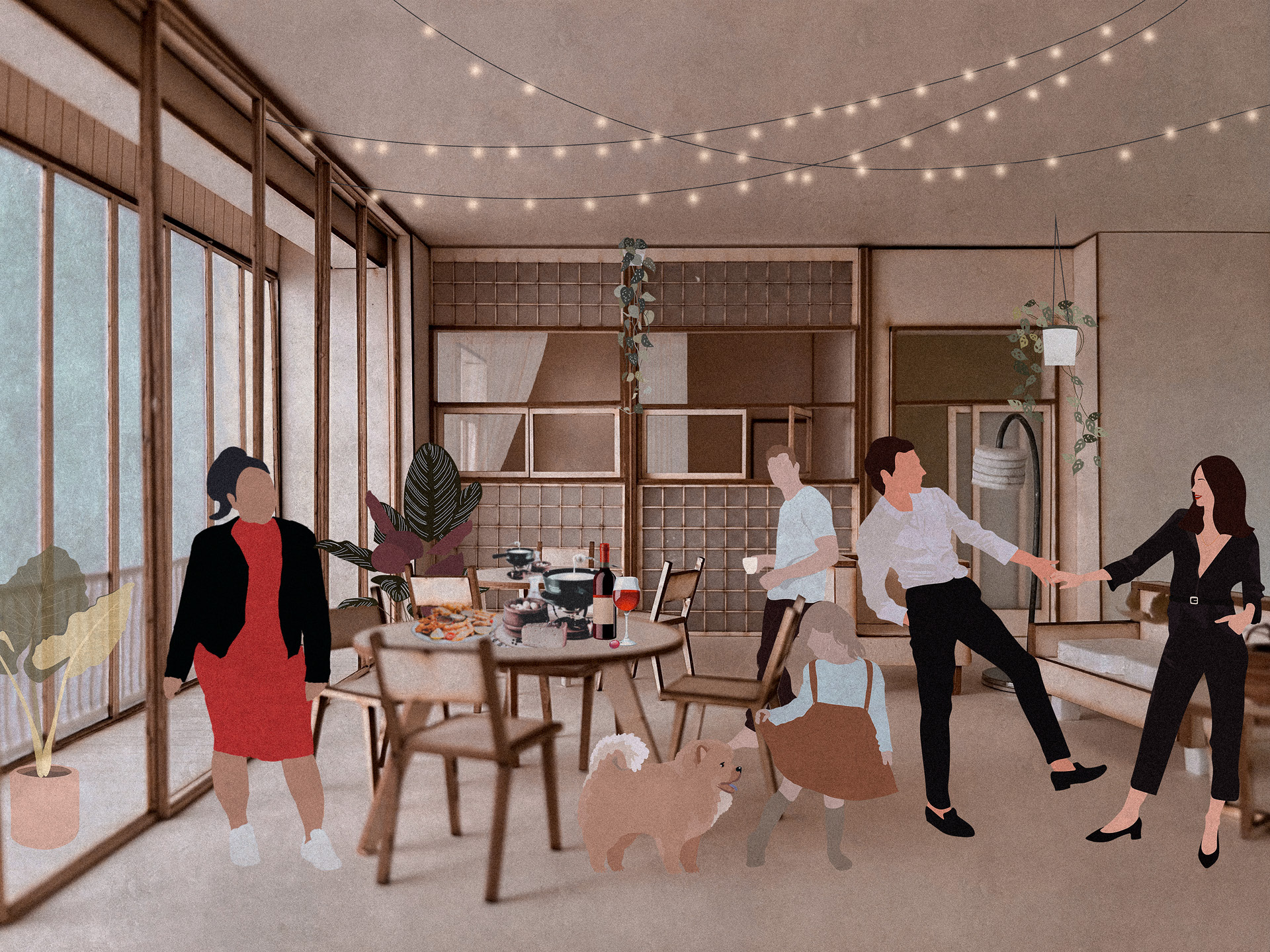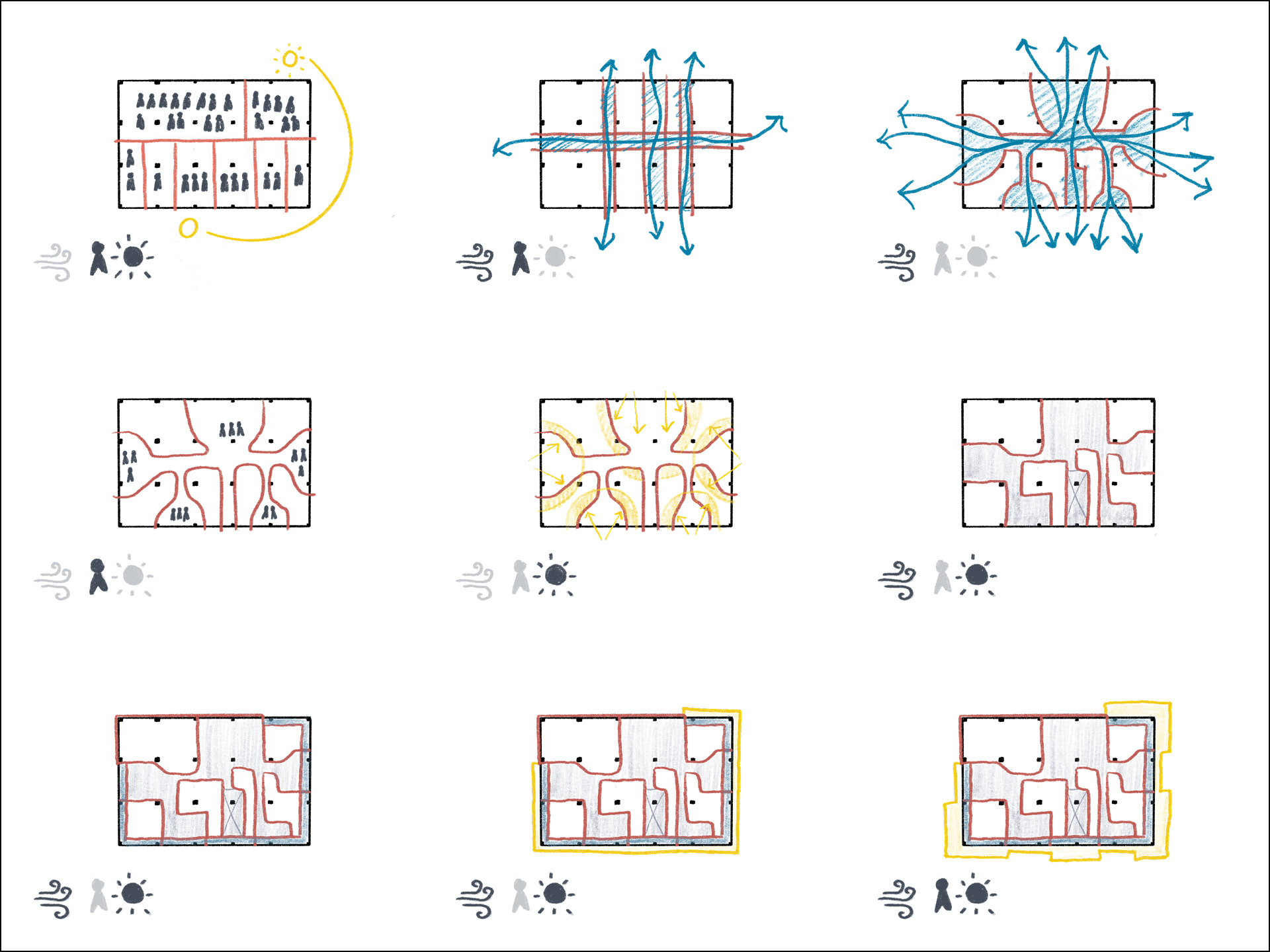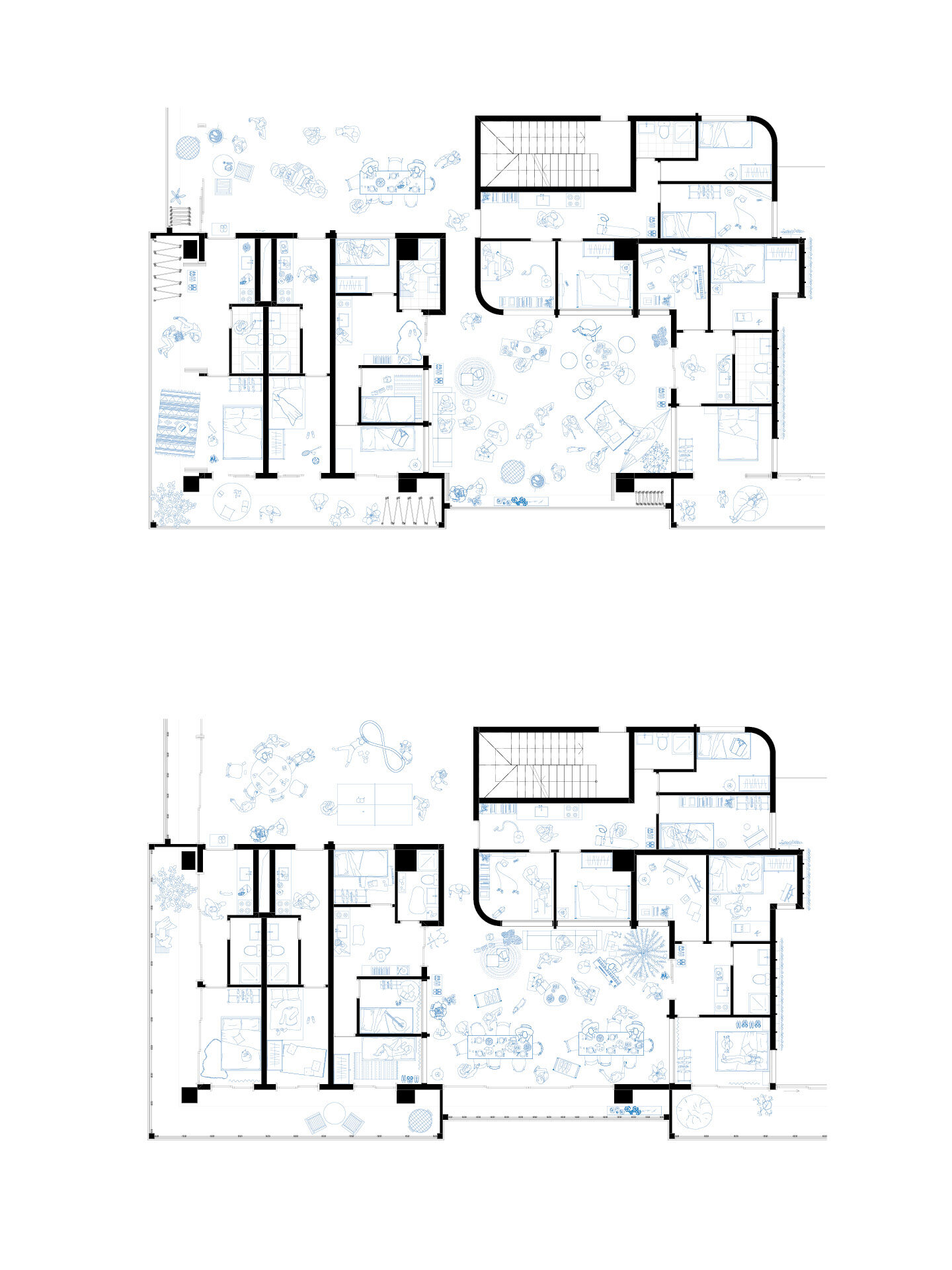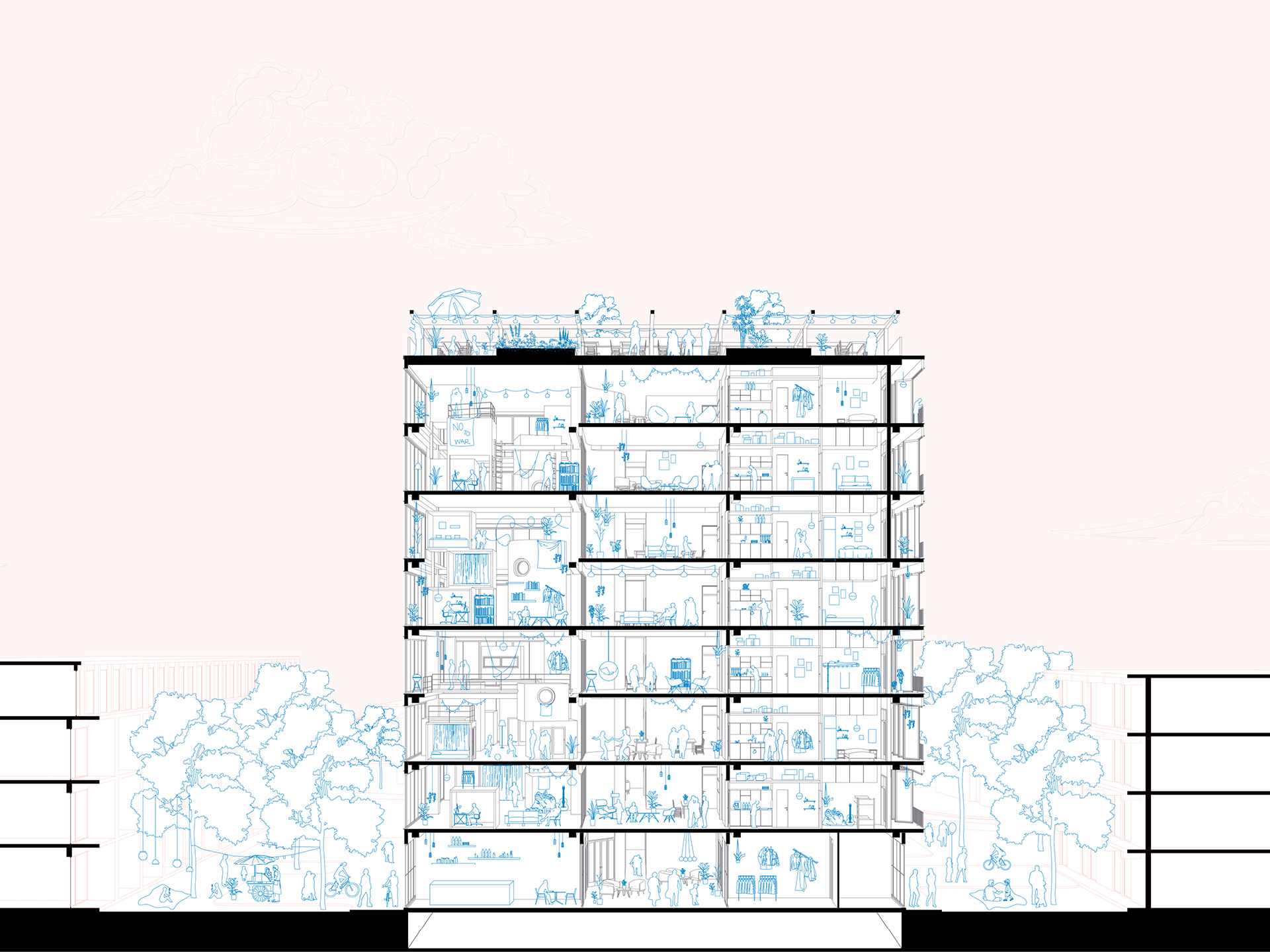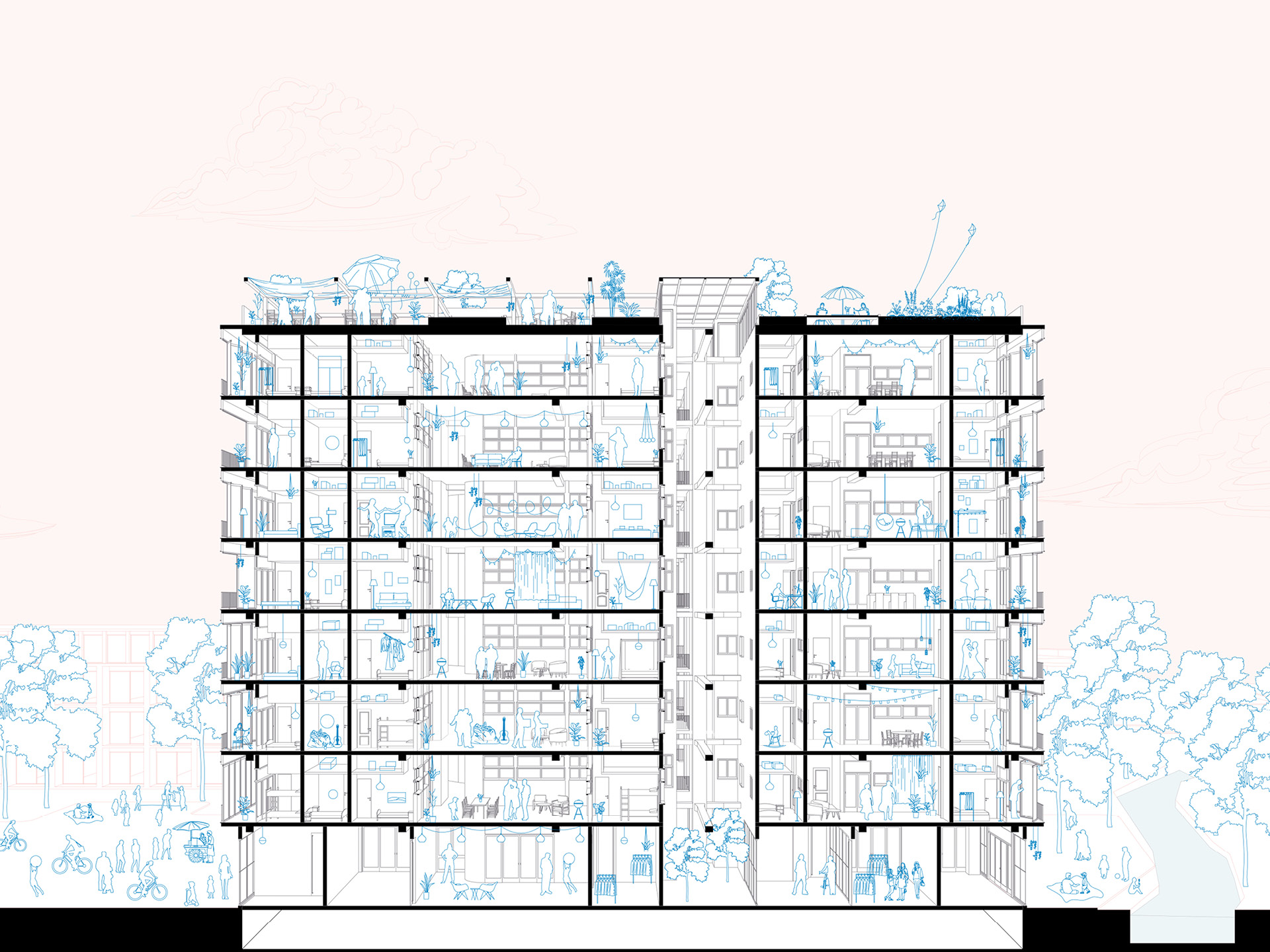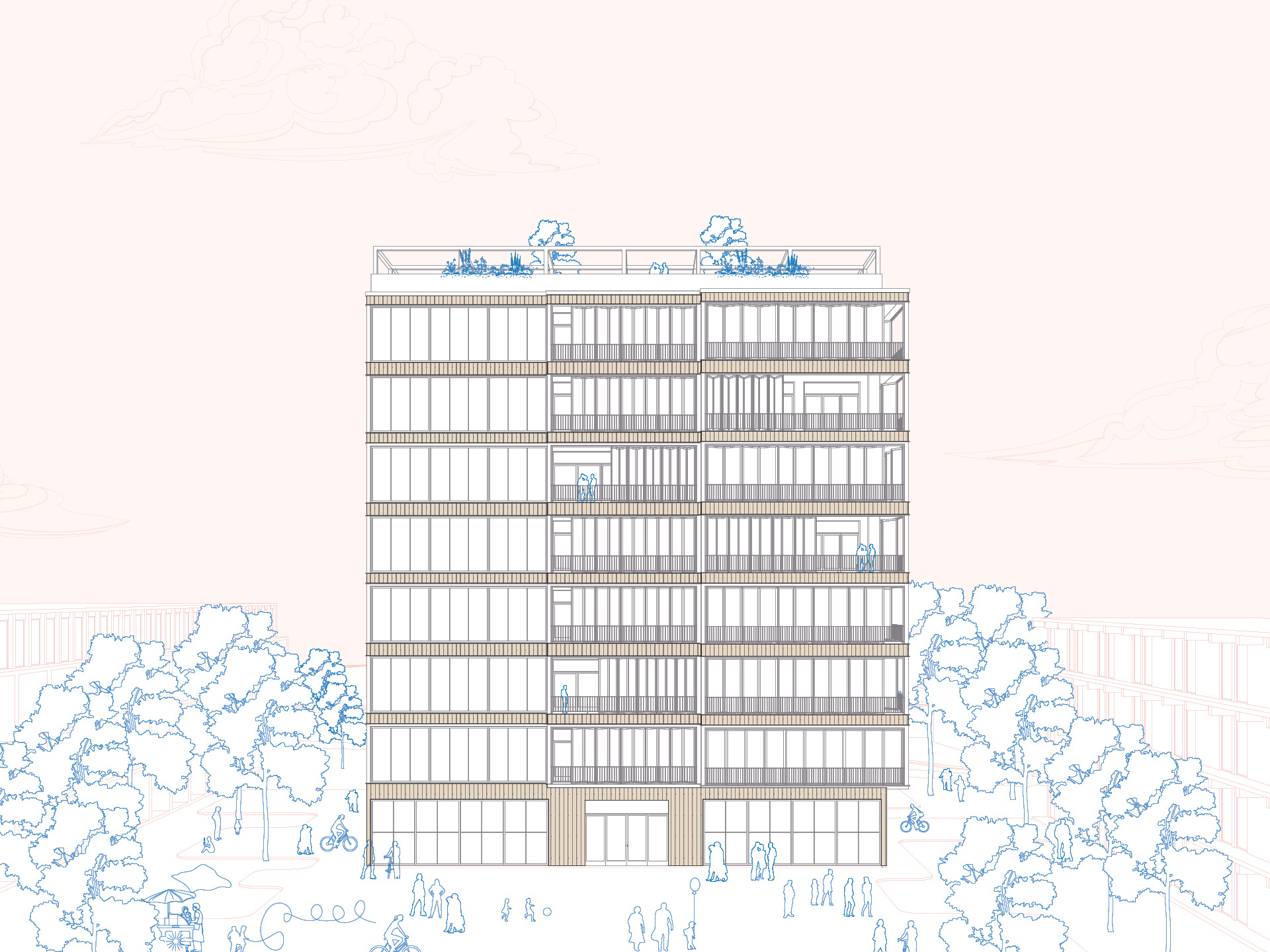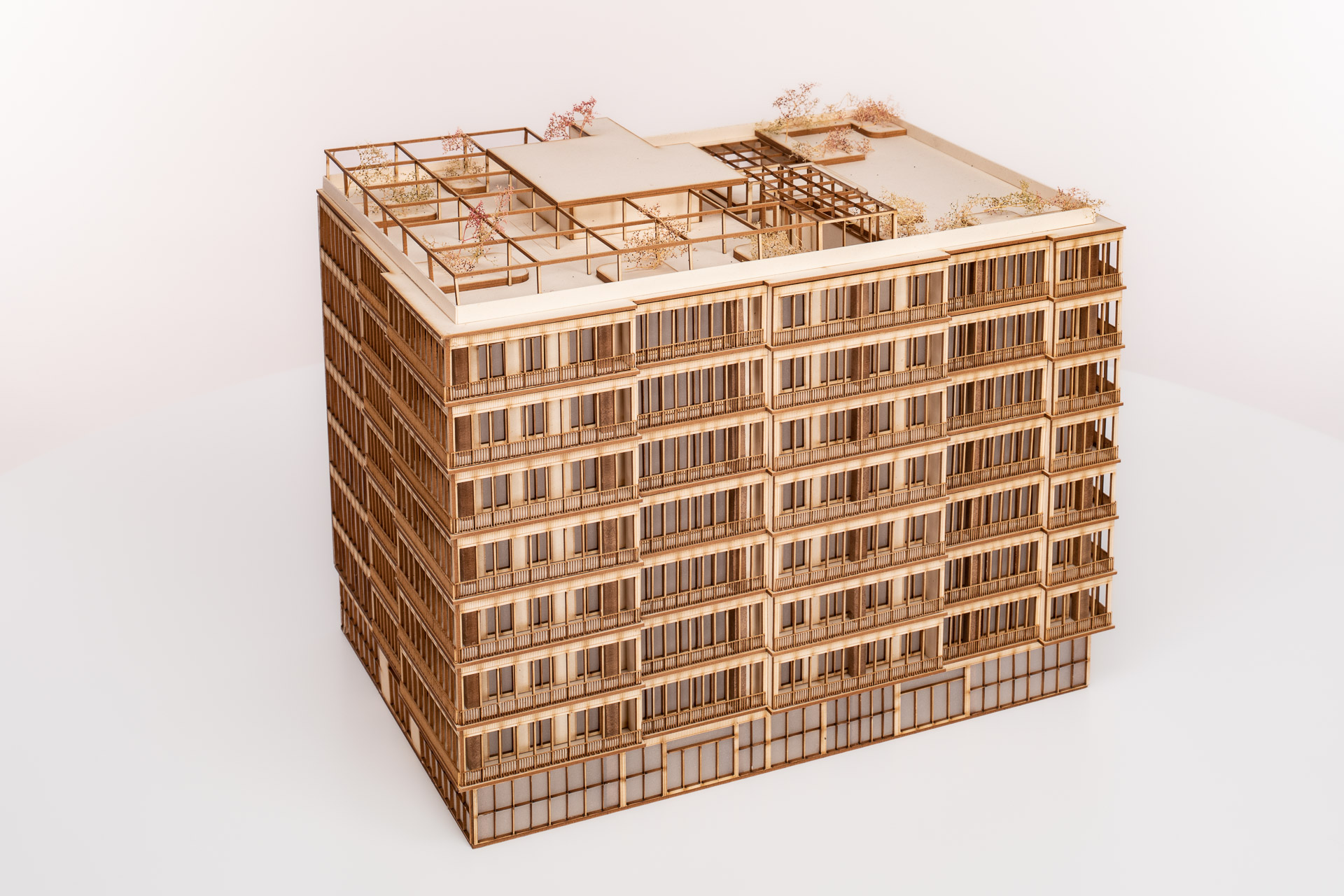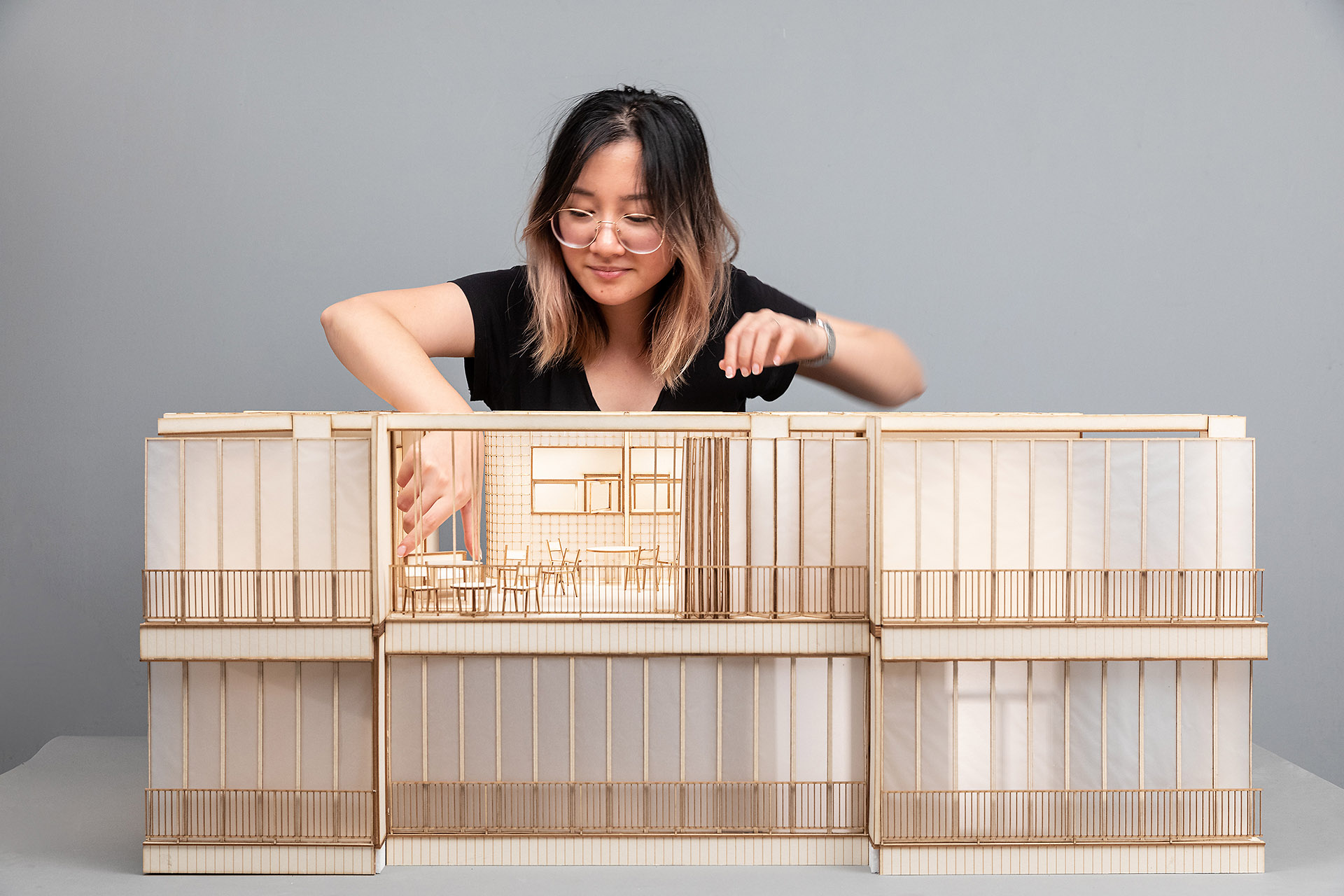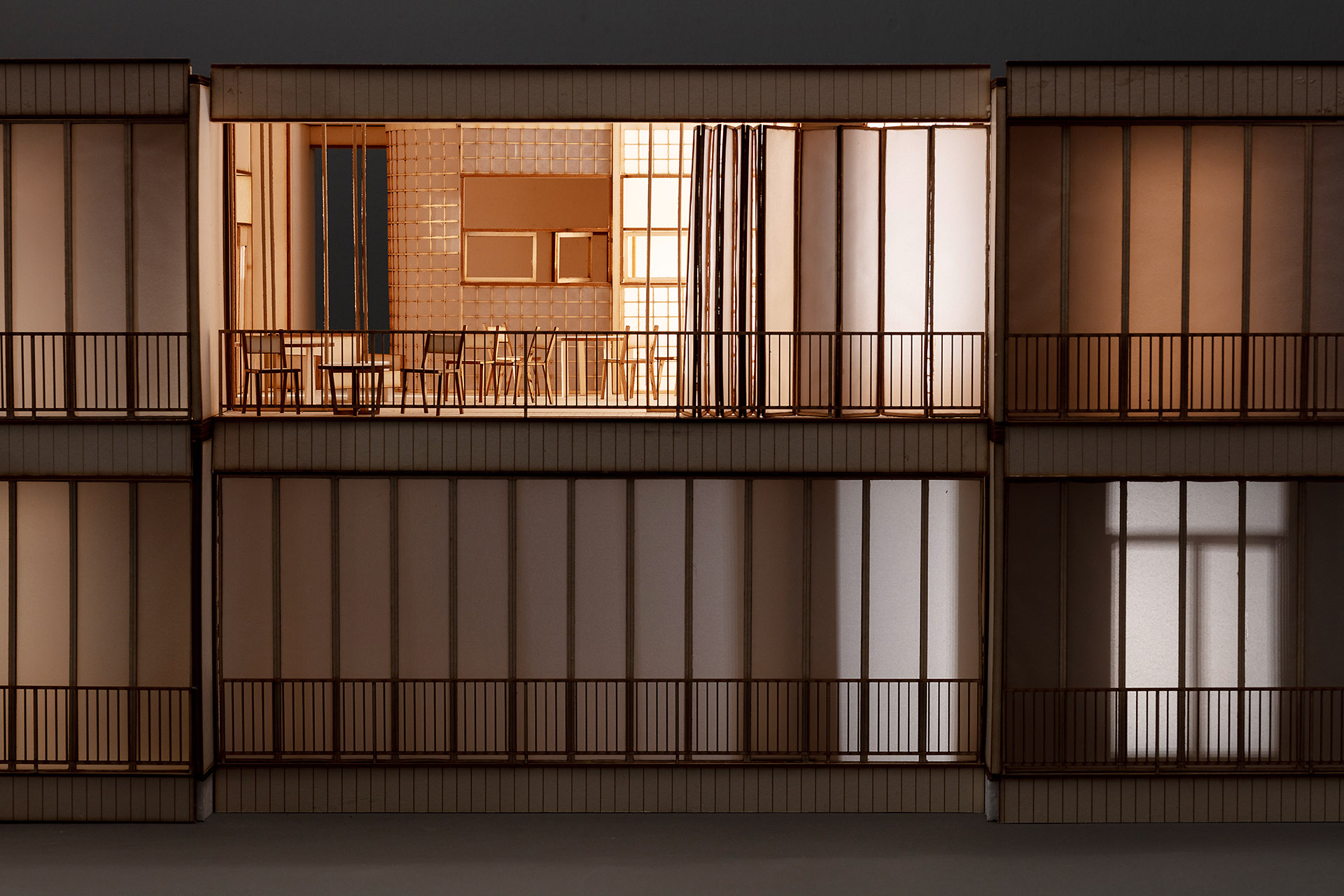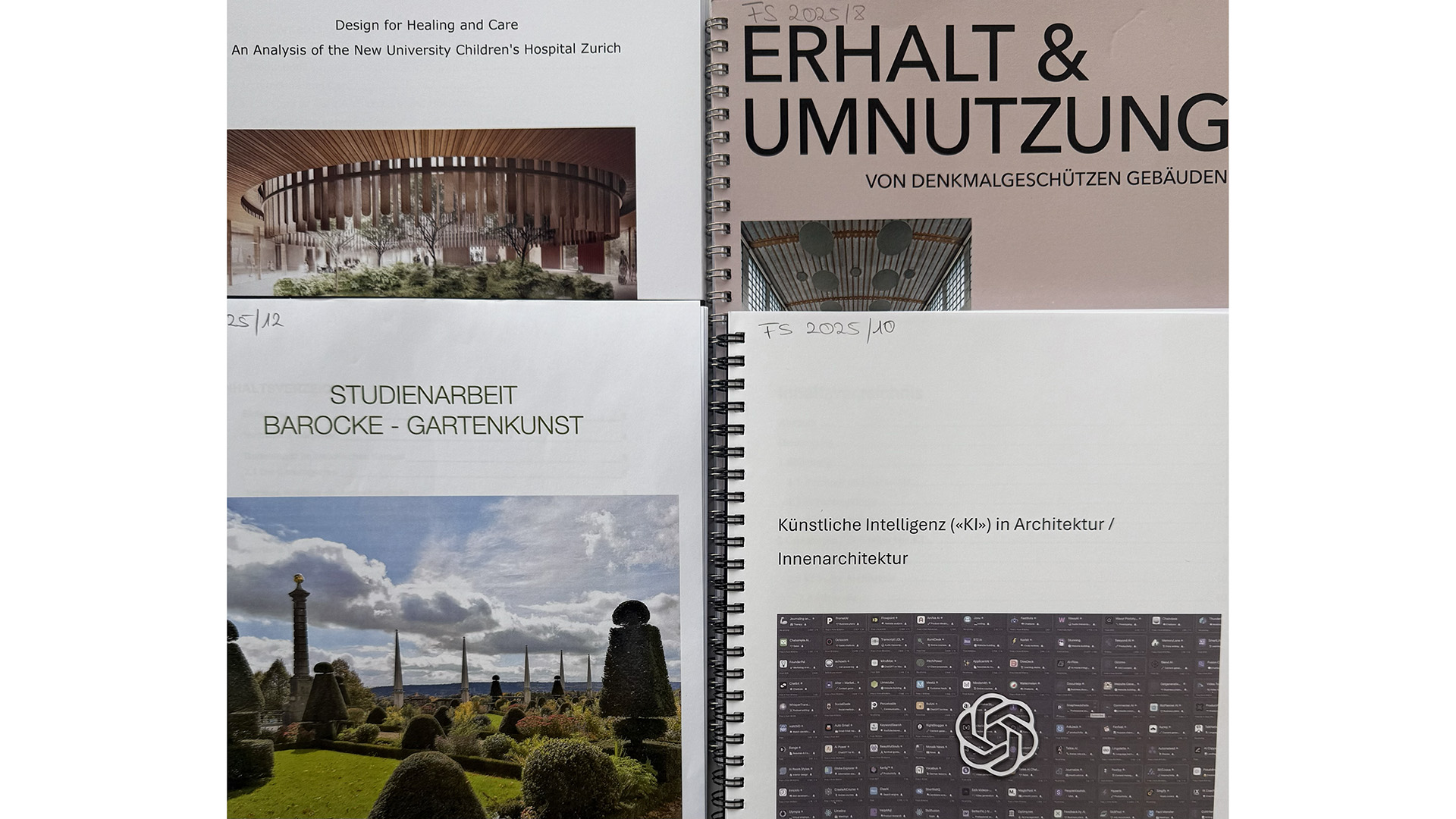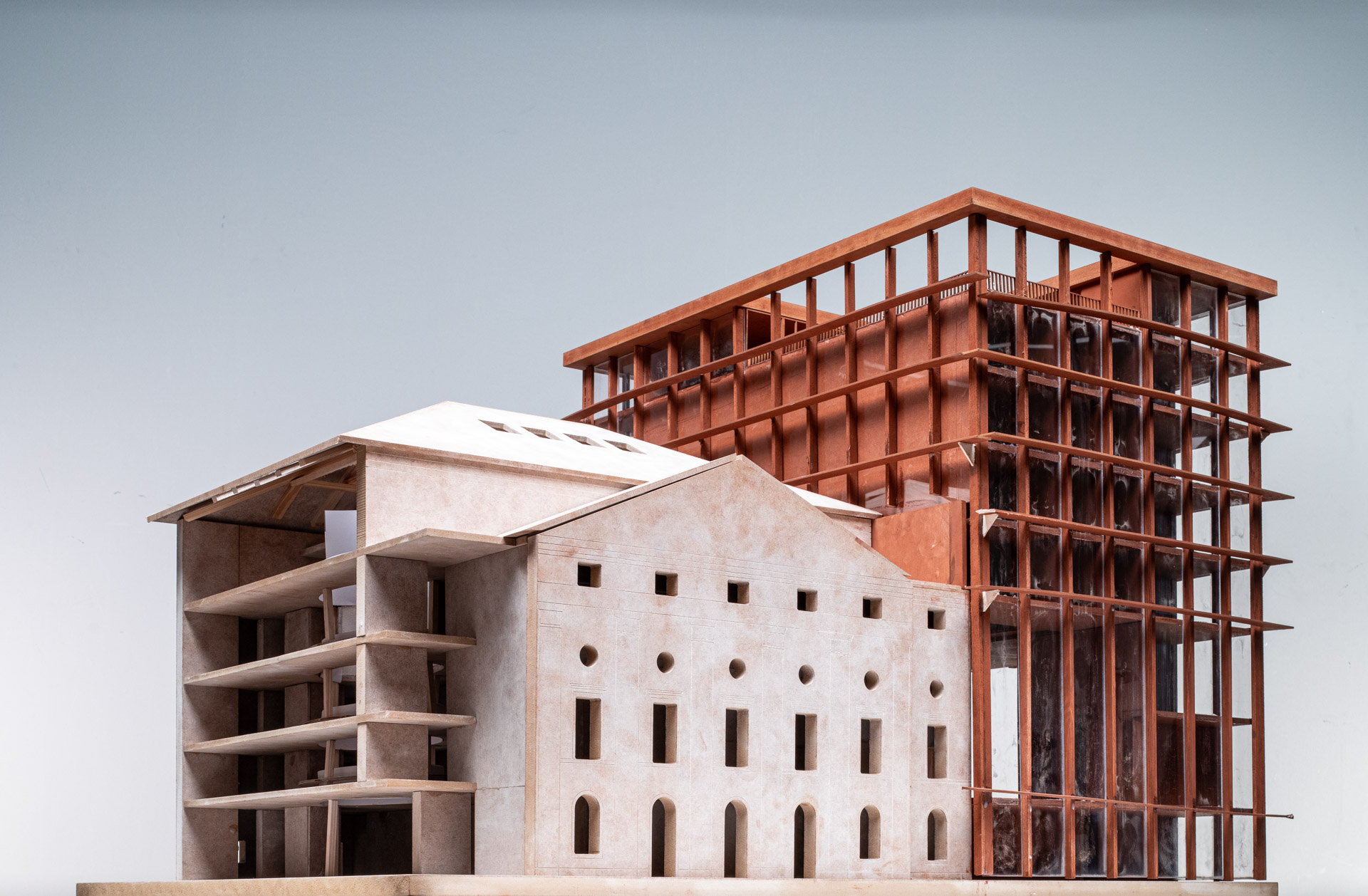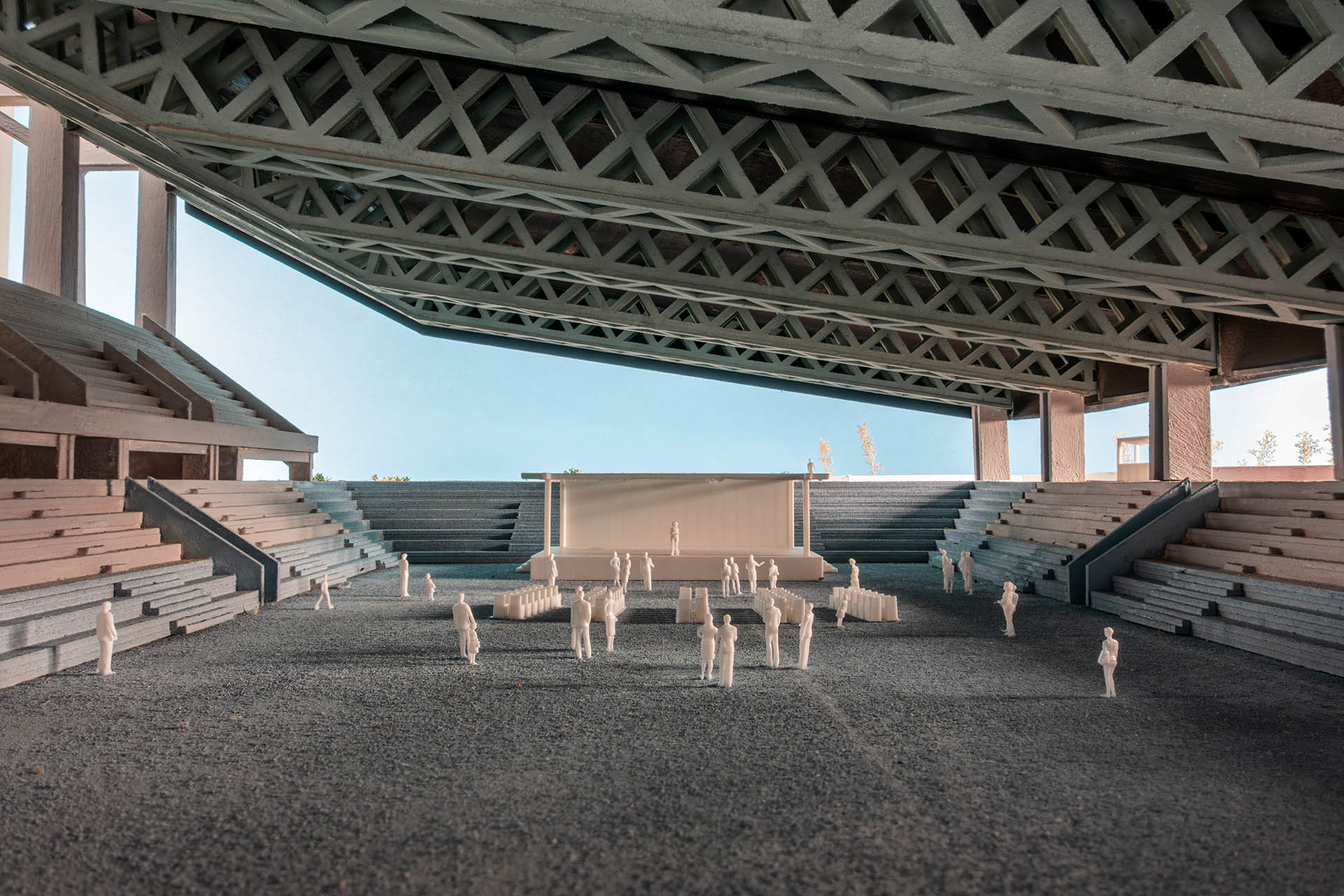Light / Mass
Exploring different forms of urban dwelling, working with light and shadow from a typological and climatic perspective and finding compelling ways to convert an existing structure to new use – these themes were the focus of interest of the Studio «Architecture & Energy» in the spring semester 2022.
Their starting point was the redevelopment of an industrial site on the outskirts of the city of Willisau in the Canton of Lucerne. Organs were originally manufactured on the Wellisareal; later it was increasingly characterised by furniture production. The task of the students was to preserve a seven-storey warehouse tower and explore converting it into a residential building. In this typological transformation, they were asked to treat energy-relevant questions of the architectural design: What do diverse housing types of different size that make use of the qualities of the existing structure look like? How do we counter the large floor depth of the building with adequate natural lighting? How can an intelligent interplay of thermal mass, façade and sunlight meet the challenges of Switzerland’s climate and its distinct seasons? How much architectural intervention in the existing building fabric is necessary to successfully convert it to a new use?
Project by Emelyn Vicencio
The proposal is inspired by Hallenwohnen, an alternative form of living in Switzerland that aims to reduce individual needs by sharing resources in a form of clustered living. Individual spaces are minimized to encourage the users to spill out to the larger common areas. This is a place where neighbors share meals, take care of children, and walk dogs together – a place of mutual gain. The common spaces serve also as intermediate climate zones. A second skin is wrapped around the building from western to eastern side to create a thermal buffer that also becomes an extension of the apartments during a suited weather.
